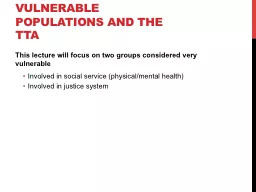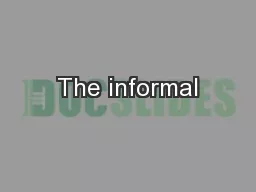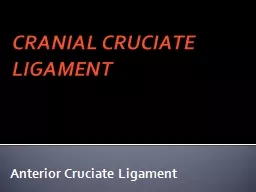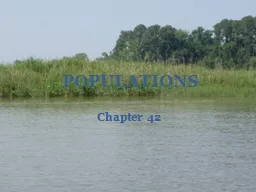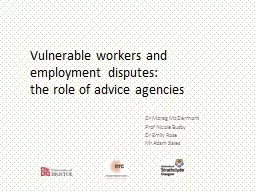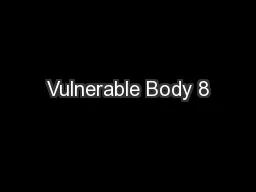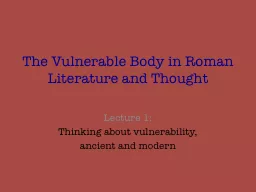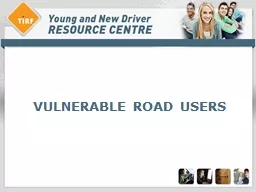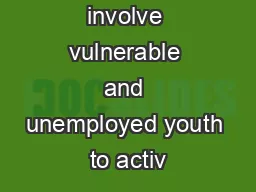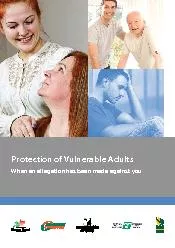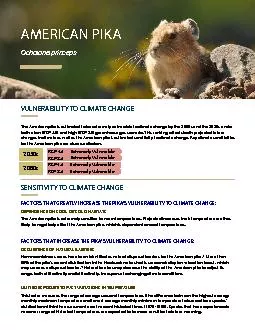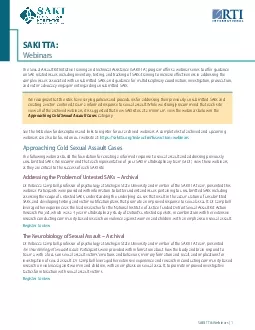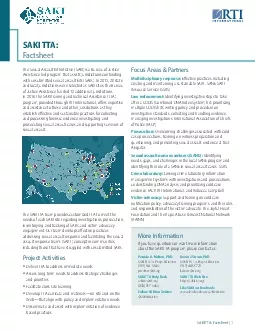PPT-Vulnerable populations and the TTA
Author : danika-pritchard | Published Date : 2016-06-11
This lecture will focus on two groups considered very vulnerable Involved in social service physicalmental health Involved in justice system Vulnerable Populations
Presentation Embed Code
Download Presentation
Download Presentation The PPT/PDF document "Vulnerable populations and the TTA" is the property of its rightful owner. Permission is granted to download and print the materials on this website for personal, non-commercial use only, and to display it on your personal computer provided you do not modify the materials and that you retain all copyright notices contained in the materials. By downloading content from our website, you accept the terms of this agreement.
Vulnerable populations and the TTA: Transcript
Download Rules Of Document
"Vulnerable populations and the TTA"The content belongs to its owner. You may download and print it for personal use, without modification, and keep all copyright notices. By downloading, you agree to these terms.
Related Documents

